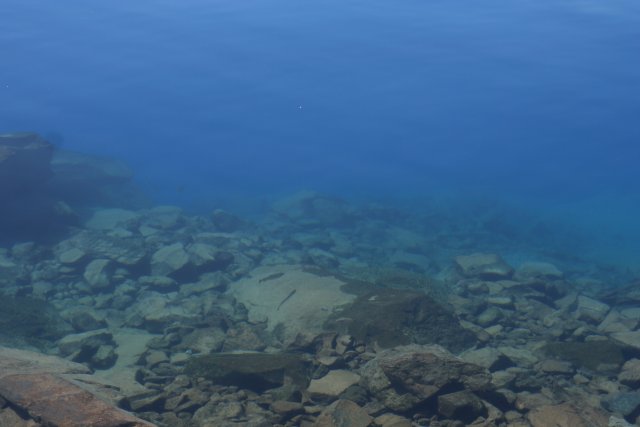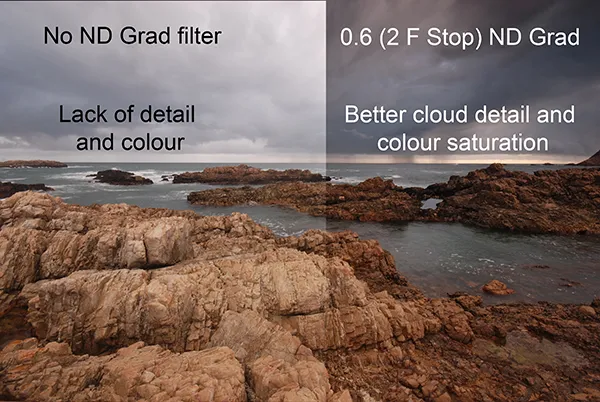The Ultimate Guide to Choosing the Best Camera Filters for Underwater Videography
Underwater videography is a captivating field that allows photographers and videographers to explore the depths of the ocean and bring back stunning visuals that are both aesthetically pleasing and informative. However, one of the challenges in underwater photography is the difficulty in capturing clear, high-quality images due to the water's turbidity, the lack of natural light, and the presence of bubbles and reflections. To overcome these challenges, camera filters play a crucial role in enhancing the quality of underwater footage. This article will guide you through the best camera filters for underwater videography, helping you make informed decisions to achieve professional-quality results.
Understanding the Need for Filters in Underwater Photography
Underwater photography is inherently challenging due to several factors:

Water Clarity: The clarity of the water can significantly affect the quality of your images. Turbid water can blur your subjects, making them appear less sharp and vibrant.
Lighting Conditions: Underwater lighting is often dim, with little to no natural light penetrating the water's surface. This can lead to underexposed images, making it difficult to capture details.

Bubbles and Reflections: The presence of bubbles and reflections can distort your images, making them appear unnatural and unrealistic.
The Role of Camera Filters in Overcoming These Challenges
Camera filters are essential tools for underwater videography, helping to address the challenges mentioned above:
Polarizing Filters: These filters reduce glare and enhance the contrast of your images, making them appear more vivid and realistic. They are particularly useful in reducing the appearance of reflections and bubbles.

Neutral Density (ND) Filters: ND filters allow more light to reach the camera sensor, reducing the need for high ISO settings and improving the depth of field. They are essential for underwater photography, especially in low-light conditions.
Grad Filters: These filters are designed to reduce the amount of light entering the lens, allowing you to use slower shutter speeds without overexposing your images. They are particularly useful for capturing the slow movements of marine life.
UV Filters: UV filters protect your camera's sensor from harmful UV rays, which can degrade the quality of your images over time. They are especially important for long-term projects.
Choosing the Right Filter Combination
The best camera filter combination for underwater videography depends on several factors, including the specific conditions of your shoot, the type of equipment you are using, and your personal preferences. Here are some general guidelines:
For Clear Water: If you're shooting in clear water, a combination of a polarizing filter and a UV filter is often sufficient. The polarizing filter will help reduce glare and enhance contrast, while the UV filter will protect your camera's sensor.
In Low-Light Conditions: In low-light conditions, adding a neutral density (ND) filter to your setup can significantly improve your ability to use slower shutter speeds, allowing you to capture more detailed images of marine life.
For Slow Motion: If you're aiming to capture slow-motion footage of marine life, incorporating a grad filter into your setup can help you achieve the slow shutter speeds necessary for smooth motion.
Conclusion
Choosing the right camera filters for underwater videography is crucial for achieving professional-quality results. By understanding the challenges of underwater photography and selecting the appropriate filters, you can enhance the clarity, contrast, and overall quality of your underwater footage. Whether you're a beginner or an experienced videographer, investing in the right filters can significantly improve your underwater photography skills and open up new creative possibilities.